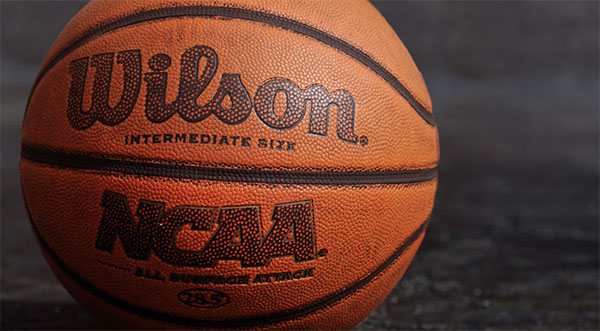How to Choose the Best Flooring for Your Indoor Basketball Court
By Space Coast Daily // October 2, 2024

Choosing the right flooring is crucial when setting up an indoor basketball court. The quality of your court’s surface affects not only players’ performance but also their safety and comfort. Here’s a comprehensive guide on choosing the best flooring for your Dream Courts’ Indoor Basketball Court.
Understand the Types of Flooring
There are several types of flooring options available for indoor basketball courts, each with its own set of advantages and considerations:
Hardwood Flooring
- Pros: Hardwood is the traditional choice for basketball courts, providing a classic look and excellent bounce. It’s durable and can withstand the wear and tear of frequent use.
- Cons: Hardwood requires regular maintenance, including refinishing and polishing. It’s also more expensive than other options and can be prone to warping or damage from moisture.
Synthetic Sports Flooring
- Pros: Synthetic flooring, such as rubber or vinyl, offers a more cost-effective and low-maintenance alternative to hardwood. It provides good shock absorption, reducing the risk of injuries. These surfaces are also resistant to moisture and easy to clean.
- Cons: Synthetic floors may not offer the same bounce level and may feel less “authentic” than hardwood. Over time, the surface might show wear or discoloration.
Modular Flooring
- Pros: Modular or interlocking tiles made from materials like PVC or rubber are highly versatile, can be installed quickly, and are also easy to replace if damaged.
- Cons: The seams between tiles can become a concern over time, as they might affect the ball’s bounce and player comfort.
Consider the Key Factors
Performance
The performance of the flooring directly impacts the game. Hardwood is known for its superior bounce and consistent playability, so it’s preferred in professional arenas. However, high-quality synthetic surfaces can also offer excellent performance, especially if you’re on a budget or need a low-maintenance option.
Durability
Durability is essential for long-term cost-effectiveness. Hardwood can be highly durable with proper care but may require refinishing. Synthetic and modular floors generally have a longer lifespan and resist scratches and dents.
Safety
Player safety is paramount. Flooring should offer adequate cushioning to reduce the risk of injuries. Synthetic and modular floors often provide better shock absorption compared to hardwood. Ensure that the chosen flooring meets safety standards and is slip-resistant to prevent accidents.
Maintenance
Consider how much time and effort you will invest in maintaining the court. Hardwood requires regular cleaning and occasional refinishing. Synthetic and modular floors are easier to maintain and generally only need routine cleaning.
Aesthetics
The appearance of the flooring can enhance the look of your court. Hardwood floors offer a traditional and elegant appearance, while synthetic and modular options come in various colors and designs to match your preference or team colors.
Budget Considerations
Your budget will significantly influence your choice of flooring. Hardwood is typically the most expensive option but can be worth the investment if you’re looking for high performance and classic aesthetics. Synthetic and modular flooring options are more budget-friendly and offer good performance at a lower cost.
Installation and Professional Advice
Proper installation is crucial for the longevity and performance of the flooring. Hardwood floors, for example, should be installed by professionals who can ensure proper subfloor preparation and acclimation. Synthetic and modular floors may offer DIY installation, but professional assistance can still ensure optimal results.
It’s also wise to consult with experts who specialize in sports flooring. They can provide valuable insights into the best options for your specific needs and help with installation.
Test the Flooring
Test out different flooring options before making a final decision. Many suppliers offer samples or demo installations. This allows you to assess factors like bounce, traction, and overall feel, helping you choose the flooring that best meets your requirements.
Conclusion
Choosing the right flooring for your indoor basketball court involves balancing performance, durability, safety, maintenance, and budget. While hardwood flooring offers a traditional and high-performance option, synthetic and modular floors provide practical and cost-effective alternatives. By considering your specific needs and consulting with experts, you can select the best flooring that will enhance gameplay and provide a safe and enjoyable experience for all players.












